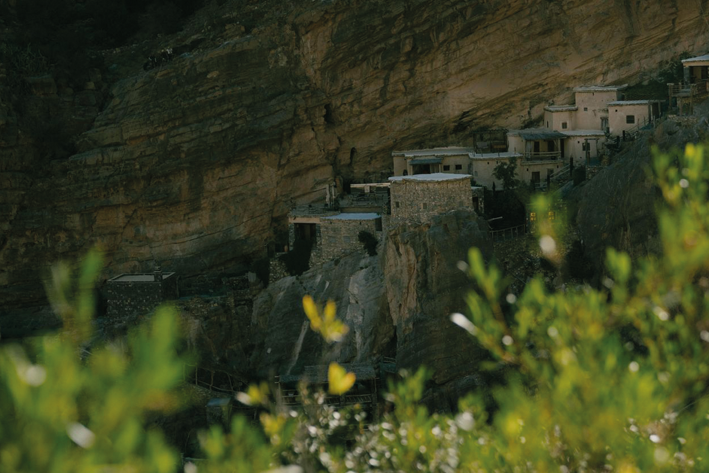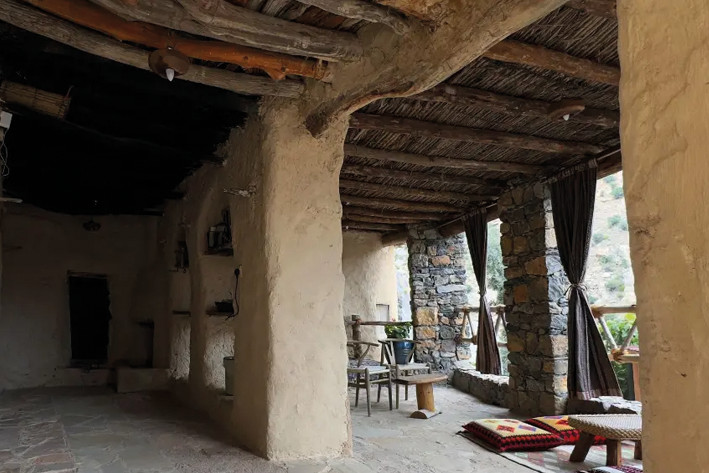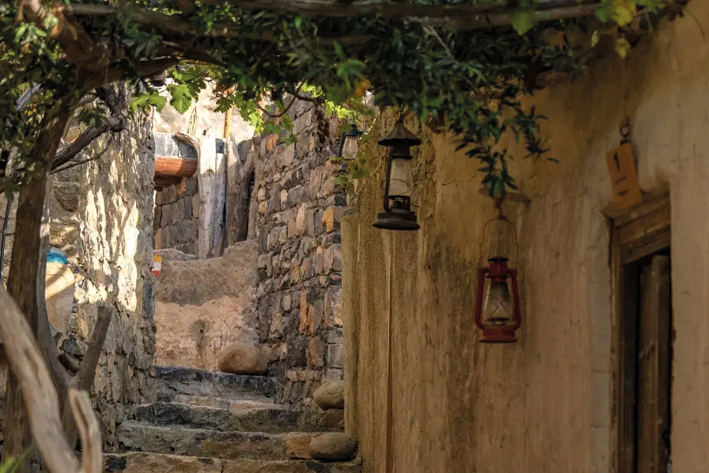Heritage inns and local food take travellers on an unforgettable journey into the real heart of Oman
Oman is known for its diverse landscapes and warm hospitality, steeped in tradition and 5000-year-old history. For a travellers wanting a truly authentic experience, there’s no better way to discover the country than by staying in one of its many heritage inns and indulging in the local cuisine.
Many of these lovingly restored former private homes were built hundreds of years ago, using techniques and materials that stay cool, even in the hottest temperatures. Whether nestled in the mountains, set in historic villages, or located along scenic wadis, these accommodations immerse visitors in Oman’s traditions, history, and natural beauty.
On the scenic slopes of Jabal Akhdar, travellers will discover centuries-old villages and a secluded escape. They can witness rose water production, stroll through ancient orchards, and admire breathtaking terraced landscapes in a place perfect for those looking for tranquility, nature and traditional high-altitude village life.
For a deeper connection to Oman’s agricultural past, the historic village of Birkat Al Mouz is home to UNESCO-listed falaj irrigation channels, date plantations, and shaded paths leading to lush oasis landscapes. Guests can unwind with a specialty coffee on a rooftop terrace overlooking the earth-hued village and enjoy the warm local hospitality.
In the Hajar Mountains, the town of Al Hamra, known for its well-preserved mud-brick houses, visitors can enjoy evenings under the stars and sample authentic Omani cuisine. In the nearby mountain village of Misfat Al Abriyeen, lush palm gardens and traditional falaj irrigation streams offer a look into local farming techniques. Guests can explore narrow stone pathways and even spot donkeys carrying fresh harvests through the village.



For those seeking an urban yet traditional experience in Nizwa, Oman’s historic trading city, travellers can stay in a local guesthouse to immerse themselves in the city’s rich history. There they can set out to explore local markets and sample Omani delicacies like dates and Halwa. Prepared through a carefully orchestrated process where rosewater, saffron, nuts, and sugar are cooked slowly in a large pot and stirred with an enormous wooden spatula, this traditional sweet delicacy is often enjoyed with an Omani coffee infused with cardamom.
For nature-lovers eager to explore Oman’s dramatic canyons and turquoise pools, they can use a heritage inn as a base for Wadi Tiwi, Wadi Shab, and Wadi Mibam. Surrounded by palm groves and stunning landscapes, visitors can enjoy outdoor activities such as hiking, swimming, and canyoning.
Travellers will get a real feel for local tradition by trying well-known dishes. Shuwa, a festive Omani dish symbolising community and celebration, often served during festivals, is slow-cooked underground for up to 48 hours. Marinated meat, wrapped in banana leaves, is buried in hot coals, creating a tender, flavorful feast served with rice or bread. Other specialties include Harees, a slow-cooked dish made from ground wheat and meat, Muthbe, which is a regional specialty in the southern region Dhofar, which is more of a cooking technique using flat stones over a campfire than a specific dish. And no Omani meal is complete without Khubz Ragag, a type of flatbread known for its delicate layers.
Oman has so much to discover. Enjoying the local cuisine and staying in heritage accommodations take travellers beyond the typical tourist experience ,allowing them to connect with Oman’s people, landscapes, and traditions in the most authentic way possible.
Hall 2.2 / Stands 201 and 205
Photos: © Ministry of Heritage & Tourism Sultanate of Oman
